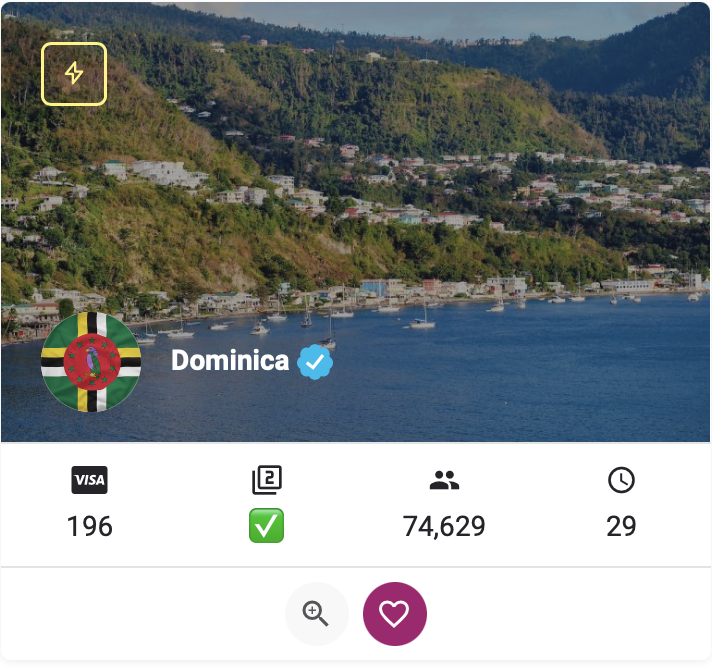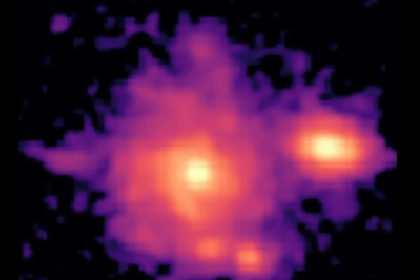Decades have passed since the Oranus planet observation. This ice giant is still changing. Scientists have released new findings after two decades of observation of the planet by the Hubble Space Telescope.
According to RCO News AgencyIn the year 2, the Voyager 2 spacecraft (2 Voyager) crossed Uranus and showed us the first detailed images of this distant world. The flight gave a lot of information to astronomers, but the images that this spacecraft returned from the planet of Uranus were not inspired by the researchers. The researchers later realized that the planet was observed by the spacecraft for a short moment.
The Planet of Uranus, once only as a pale blue ball, without a special feature, now requires observation and supervision over long -term intervals. Everything is slowly changing in the world of this giant.
One of the most prominent features of “Uranus” is that it has a different world on each side of the planet. While the axial slope of the planet is about 2 degrees, Uranus has a central deviation of 2 degrees. This means that during the summer of Neptune, the sun is always above Uranus, while on the other side of the planet, which is winter, is always in the dark.
Since it takes five years for Uranus to rotate a full circle around the sun, summer and winter on the planet each take four decades.
Over the past five years, the Hubble Space Telescope has taken some precise images of Uranus in the visible or infrared spectrum.
Researchers now have a view of the northern hemisphere of Uranus, where it is changing from early spring to mid -summer. These changes occur in year 2.
Researchers from these observations found that polar areas have significantly less “methane gas” than the tropics. The reason for the pale blue color of the planet is the “methane gas”.
The Arctic area of Uranus is also shining as summer, as a layer of fog is growing on the planet.
Uranus is now no longer a vague planet and has strip layers around its equator.
Astronomers will continue to observe the seasons in Uranus. The researchers in this study came to a new find that the first images taken by Uranus by Wower 2 were ineffective because of inappropriate timing and that Uranus is not a planet.
It now seems to be a good time for another spacecraft to be sent out of the solar system.
The end of the message
(tagstotranslate) Uranus
RCO NEWS
















